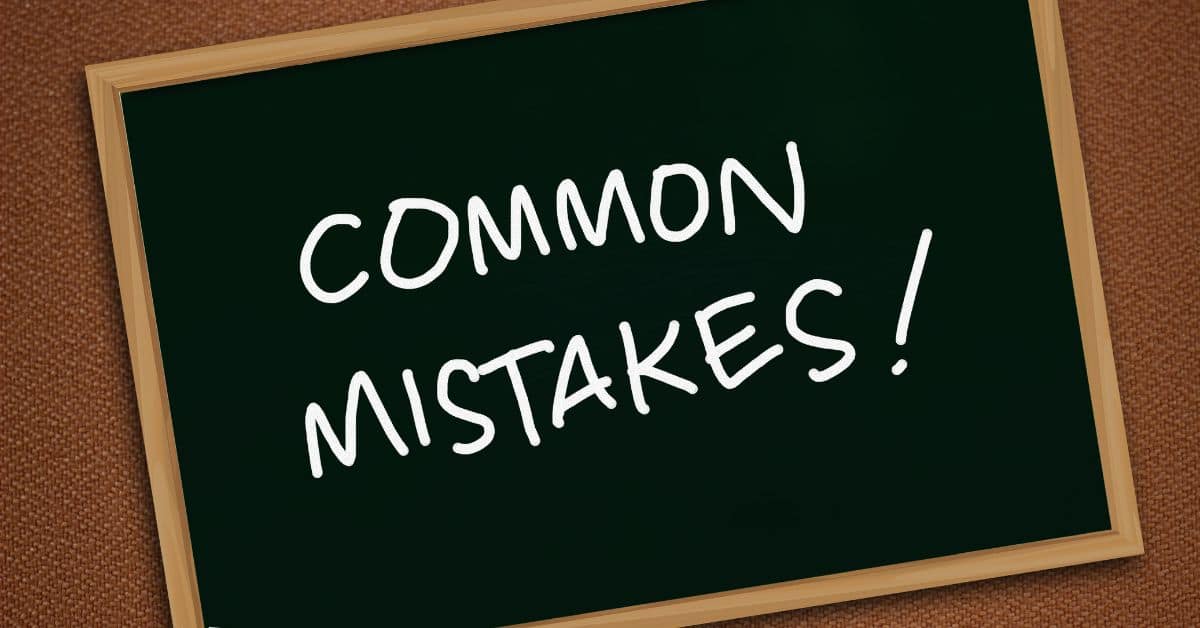Phone: +1 (704) 749 834 | Email: support@wordwellwriters.com

Citations are the backbone of academic writing, providing credit to original authors and allowing readers to verify sources. Yet, many students and professionals struggle with proper referencing. Citation mistakes can lead to plagiarism, lower grades, and a lack of credibility in your work. This guide explores the most common errors in APA, MLA, and Chicago styles and offers practical strategies to avoid them.
1. Confusing Citation Styles
One of the most frequent citation mistakes is misunderstanding the rules of APA, MLA, and Chicago. Each style has unique conventions:
- APA (American Psychological Association): Uses author-date in-text citations (e.g., Smith, 2023) and a reference list at the end. Often used in psychology, social sciences, and education.
- MLA (Modern Language Association): Emphasizes author-page citations (e.g., Smith 45) and a Works Cited page. Common in literature, arts, and humanities.
- Chicago Style: Offers two systems — Notes and Bibliography (footnotes or endnotes) and Author-Date (similar to APA). Often used in history, business, and publishing.
Tip: Always choose one style and stick with it consistently. Mixing styles is one of the most common citation mistakes.
2. Missing or Incomplete References
Another frequent error is omitting critical information in your reference list. Incomplete citations make it difficult for readers to locate your sources and can be considered plagiarism.
Example of a Missing Reference in APA:
Incorrect: Smith, J. (n.d.)
Correct: Smith, J. (2023). Understanding Academic Writing. New York, NY: Academic Press.
Tip: Use a checklist: author(s), publication date, title, publisher, DOI/URL (if online). Always verify details, as even automated citation tools can produce errors.
3. Incorrect In-Text Citations
In-text citations are prone to errors such as:
- Misplaced punctuation
- Incorrect author names
- Citing multiple sources improperly
Example of APA in-text citation error:
Incorrect: (Smith 2023)
Correct: (Smith, 2023)
Tip: Ensure every in-text citation matches the full reference. Keep punctuation, capitalization, and page numbers consistent.
4. Overusing Direct Quotes
Over-reliance on direct quotes is a subtle yet common citation mistake. Excessive quoting can drown your voice and make your paper appear less analytical.
Tip: Paraphrase ideas in your own words while still citing the original source. Reserve direct quotes for definitions, key evidence, or statements that cannot be rephrased.
5. Ignoring Secondary Sources
Citing a source without acknowledging the original author can mislead readers. This is especially common when using quotations or findings cited in another article.
Example:
If you read about Darwin’s theory in Smith’s book, your citation should acknowledge both Darwin and Smith.
Tip: Always indicate both the primary and secondary sources clearly. For APA: “Darwin’s theory (as cited in Smith, 2020) …”
6. Not Maintaining Consistency
Switching between APA, MLA, or Chicago in the same paper is one of the most noticeable citation mistakes. Inconsistent formatting can confuse readers and diminish your credibility.
Tip: Keep a style guide handy. Use reference management tools like Zotero, EndNote, or Mendeley to maintain consistent citations throughout your work.
7. Common Formatting Errors
Even small formatting errors can count as citation mistakes:
- Italicizing book titles in MLA but not in APA
- Incorrect capitalization in journal titles
- Misplacing commas, periods, and parentheses
Tip: Review style guides carefully and proofread citations separately from the main text.
8. Forgetting Online Source Details
With digital sources, many writers forget to include:
- URLs or DOIs
- Access dates (for web pages that may change)
- Proper author attribution
Tip: Always capture the full citation details when researching online. This prevents last-minute errors that can lead to serious citation mistakes.
Conclusion
Avoiding citation mistakes is crucial for academic and professional credibility. By understanding APA, MLA, and Chicago styles, double-checking references, paraphrasing responsibly, and using citation tools wisely, you can ensure your work is accurate, consistent, and polished. Mastering citations not only improves your grades but also demonstrates integrity and attention to detail.
✅ Pro Tip: Create a “citation routine” — track all sources as you research, verify them against the style guide, and proofread your references before submission. This approach drastically reduces citation mistakes.
